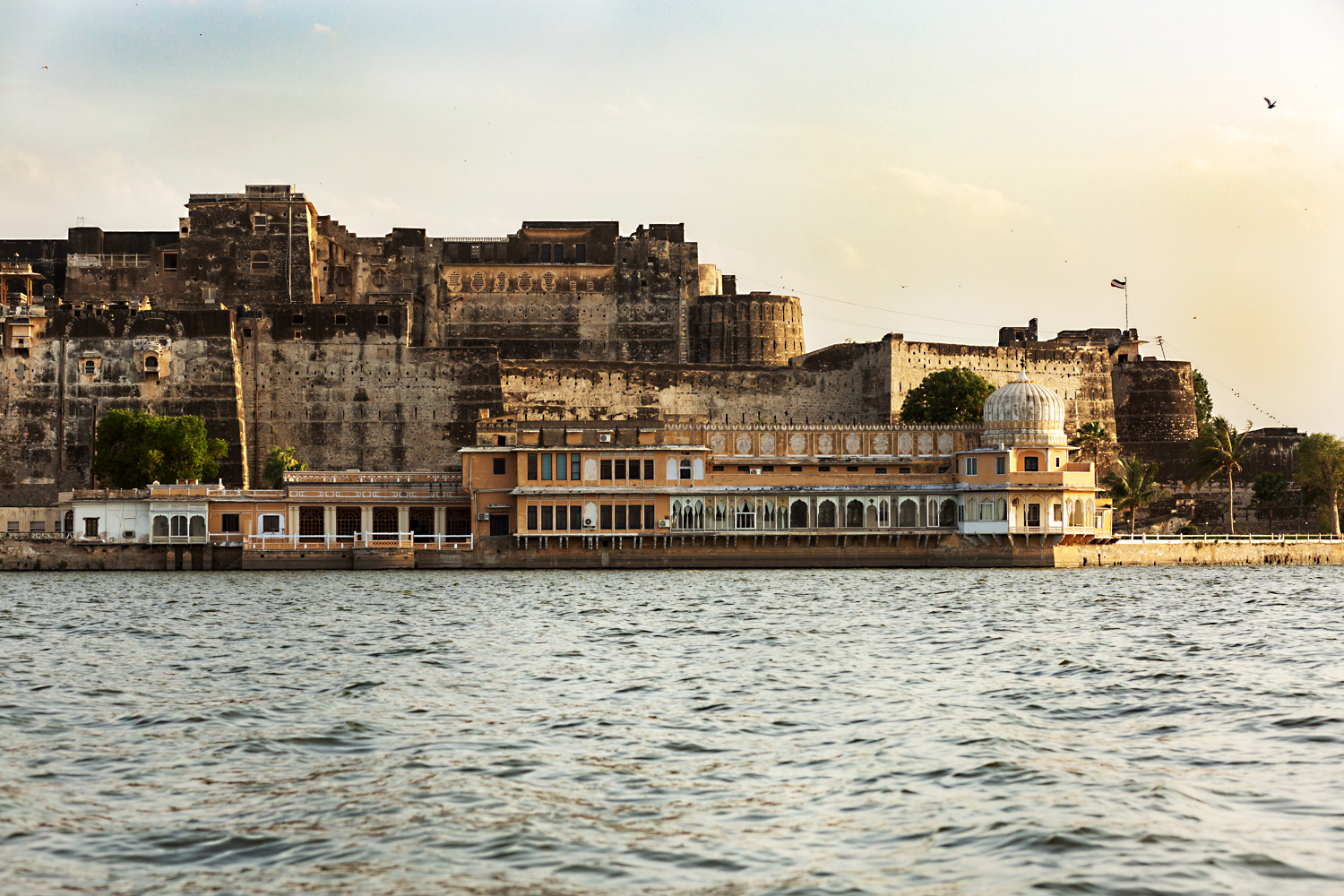Review (Delhi)
Swadeshi Art: Treasures of Calcutta’s Pre-Bengal School
Mallika Chakrawarti
A treasure-trove of vintage lithographs and paintings from 19th century Bengal was showcased at New Delhi’s Akar Prakar Art Advisory. The exhibition titled ‘Swadeshi Art’ was on view from 28th August to 15th October. An era of mythological storytelling infused with European ‘naturalism’ was illustrated beautifully through the displayed chromolithographs. ‘Swadeshi Art’ explores Calcutta’s fascination with lithographs at a time when India’s greatest legacies were linked with mythological history.
In the 19th century, the simmering resentment towards colonial rule in India had reached its crescendo. The ‘Swadeshi’ sentiment that served as the foundation of India’s freedom struggle had made its way into the hearts of the masses. The winds of change were fanned by the infamy of the British regime, and our nation geared itself for rebellion. The East India Company unscrupulously interfered in matters of society, politics and religion, culture and art. To cultivate Indian artists who would create ‘rational’ and ‘modern’ art, our colonial masters set up an art school in Calcutta. The products of this school applied Western techniques to popular Hindu traditions, and their artworks came to be associated with the Pre-Bengal School. Religious and mythological lithographs from this period bore a distinctive colonial imprint. The technique of lithography grew hugely popular in India; it involved printing using a stone (lithographic limestone) or a particular type of metal plate.
The Kalighat Kali Temple in South Calcutta lay at the centre of religious artworks at the onset of the 19th century. There was a flurry of artistic activity in Kalighat after the opening of the renovated Kalighat temple in 1809. Artists set up shops near the temple to sell inexpensive and immensely popular watercolor paintings of Hindu deities. Thus, Kalighat paintings became the earliest known artworks in the region to reveal the allure of devotional prints among the masses. Around this time, Pat paintings drew appreciation and Potuas illustrated stories of social scandals, satire, religion and mythology through graceful, flowing lines that were characteristic of this style. Tapping into the popularity of lithography in Calcutta, Potuas would print the outlines of the pictures with the ‘litho’ print technique, only to fill them with colors later. Lithographs such as Manada Sundari and Nalini Sundari, entranced the babus of North Calcutta. The household walls of babus were decorated with paintings of sensuous women who fed their fantasies and fancies, which needed the closest tangible contact with invincible Gods. Even today, photos of Gods embellish the modern Indian household, in the form of calendars or photo frames.
Read More>> Please Subscribe our Physical Magazine

